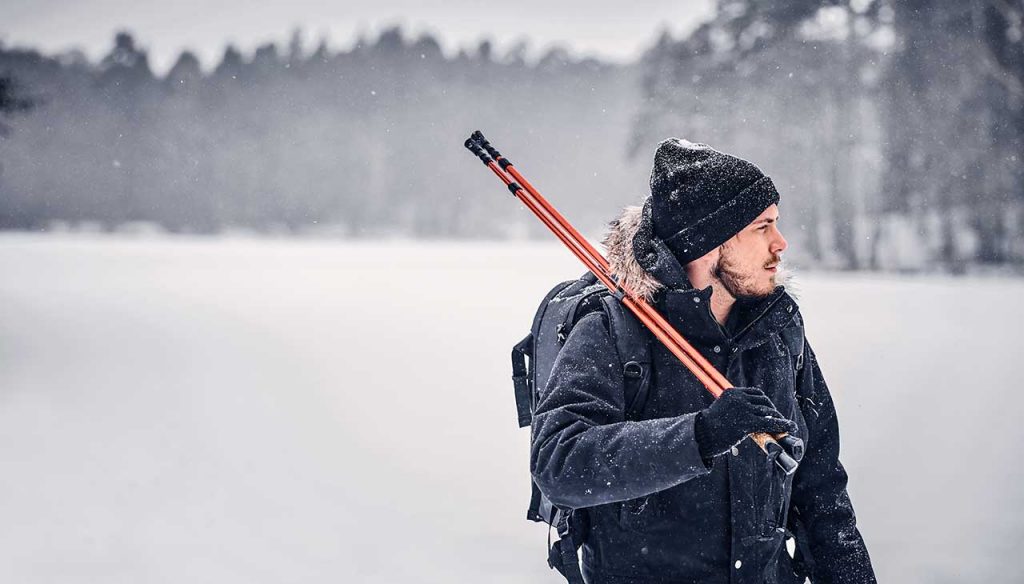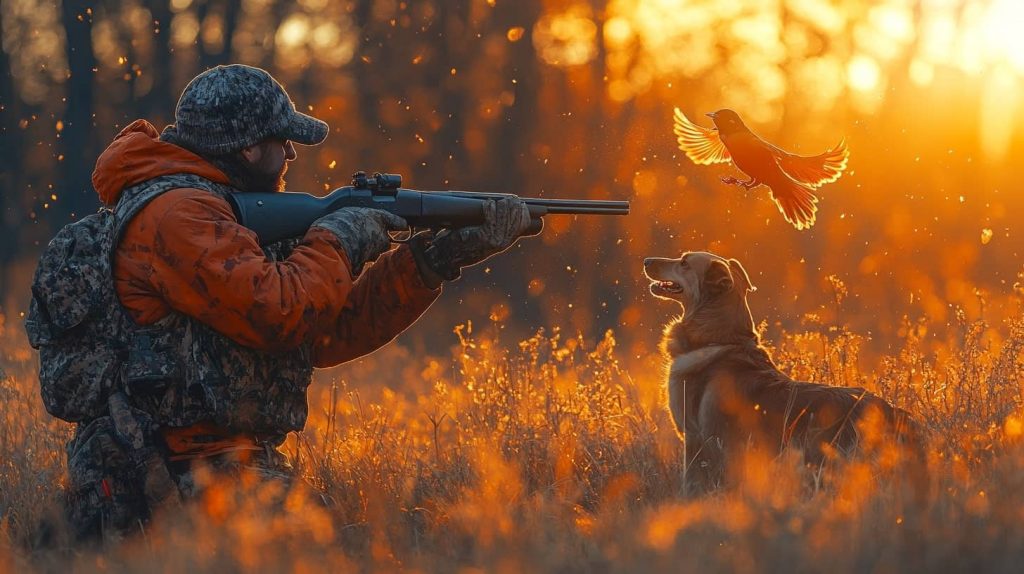Hunting is more than just a sport; it’s a connection to nature, a test of skill, and a return to our ancestral roots. For outdoor enthusiasts, nature lovers, and the hunting community, choosing the best time to hunt can significantly impact the experience. But what are the pros and cons of hunting in each season? This blog post explores the unique challenges and benefits of hunting in spring, summer, fall, and winter. We’ll also share tips, strategies, personal stories, and essential considerations to help you make the most of your hunting endeavors.
Understanding Seasonal Hunting
Each season brings its unique set of opportunities and obstacles for hunters. Whether you’re tracking deer through autumn woods or pursuing turkeys in the spring, understanding how the time of year affects wildlife and conditions is crucial for success.
A Year-Round Engagement
Hunting isn’t confined to one part of the year. Some hunters enjoy the thrill of adapting to the changing environment and animal behavior throughout the seasons. This year-round engagement can make hunting a continually exciting and challenging pursuit.
Purpose of Seasonal Hunting Regulations
Seasonal hunting regulations are designed to maintain ecological balance. They ensure that wildlife populations remain healthy and sustainable by allowing animals to breed and rear their young without disruption.
Spring Hunting
Spring offers a fresh beginning for both nature and hunters. The blossoming flowers and emerging wildlife create an invigorating atmosphere.
Pros of Spring Hunting
Spring hunting often targets species like wild turkey, predators, and small game. One significant advantage is the milder weather, which makes long days in the field more comfortable. Additionally, spring is a time of high activity for many animals as they emerge from winter hibernation or raise their offspring.
Cons of Spring Hunting
However, spring weather can be unpredictable, with sudden showers or fluctuating temperatures. Also, the dense foliage can obstruct visibility and make tracking more challenging. Lastly, springtime may coincide with other outdoor activities, leading to crowded hunting grounds.
Spring Hunting Tips and Strategies
Understanding animal behavior is key. Turkeys, for instance, are very vocal in the spring, making calls and decoys effective. Wearing appropriate camo that blends with the spring environment and using insect repellent can also improve your experience.
Summer Hunting
While summer may not be traditionally associated with hunting, it offers unique opportunities for those willing to brave the heat.
Pros of Summer Hunting
Summer hunting allows for extended daylight hours, giving hunters more time to track and pursue their quarry. Species such as wild hogs and predators are often targeted, and hunting during this season can help manage populations that might otherwise become problematic.
Cons of Summer Hunting
The heat can be a significant deterrent, causing discomfort and increasing the need for hydration and sun protection. Insects, particularly mosquitoes and ticks, are also prevalent. Additionally, the thick vegetation can make spotting and tracking animals more difficult.
Summer Hunting Tips and Strategies
Hydration is crucial. Carry plenty of water and stay cool with light, breathable clothing. Use scent control methods since animals have a heightened sense of smell in the summer. Hunt during the cooler parts of the day, such as early morning or late evening.
Fall Hunting
Fall is often considered the prime hunting season, with its cool, crisp air and vibrant foliage.
Pros of Fall Hunting
The fall season aligns with many big game seasons, including deer, elk, and bear. The cooler weather is ideal for hunting, and animals are often more active, preparing for the winter months. The fall rut (breeding season) for deer also increases the chances of encountering mature bucks.
Cons of Fall Hunting
On the downside, fall hunting can be highly competitive, with many hunters in the field. This can lead to crowded hunting areas and increased pressure on wildlife. Additionally, the changing weather can be unpredictable, ranging from warm days to early snowfalls.
Fall Hunting Tips and Strategies
Scouting is essential. Understanding your hunting area and setting up trail cameras can provide valuable insights into animal movements. Utilize calls and scents to attract game during the rut, and always be prepared for sudden weather changes.
Winter Hunting
Winter hunting presents a stark contrast, with its serene, snowy landscapes and challenging conditions.
Pros of Winter Hunting
The lack of foliage makes spotting and tracking animals easier. Snow can reveal fresh tracks, providing clues to animal movements. Additionally, the cold weather can keep meat fresh longer, reducing the risk of spoilage.
Cons of Winter Hunting
However, the cold can be intense, requiring appropriate gear and preparation to prevent hypothermia and frostbite. The harsh conditions can also make access to certain areas difficult, and animals may be less active, conserving energy during the colder months.
Winter Hunting Tips and Strategies
Dress in layers to stay warm and dry. Invest in quality cold-weather gear, including insulated boots and gloves. Focus on hunting near food sources, as animals will be seeking sustenance to survive the winter.
Environmental and Ethical Considerations
Regardless of the season, hunters must consider the environmental and ethical implications of their activities.
Respect for Wildlife
Maintain respect for the wildlife and their habitats. This includes following regulations, practicing fair chase, and ensuring a quick, humane kill.
Sustainable Practices
Focus on sustainable hunting practices. Take only what you need and contribute to conservation efforts by participating in programs that support habitat preservation and wildlife management.
Community and Education
Engage with the hunting community and share knowledge. Educating new hunters on ethical practices and the importance of conservation ensures the future of hunting traditions.
Personal Stories from Seasoned Hunters
Experienced hunters often have valuable insights and stories that can inspire and inform newcomers. Here are a few anecdotes:
Spring Success
John, a seasoned turkey hunter, recalls a memorable spring hunt where he successfully called in a tom turkey. His careful use of decoys and understanding of turkey behavior led to a rewarding experience.
Summer Challenges
Lisa shares her summer hunt for wild hogs. Despite the heat and insects, her persistence paid off, and she highlighted the importance of staying hydrated and using scent control.
Fall Adventures
Mike’s fall deer hunt during the rut was a thrilling adventure. His use of calls and strategic placement near a known scrape line resulted in a successful harvest of a mature buck.
Winter Resilience
Sarah’s winter elk hunt tested her resilience. Battling the cold and snow, she relied on her knowledge of elk behavior and food sources to track and harvest a magnificent bull elk.
Conclusion
Hunting in different seasons offers a diverse and challenging experience that can enrich your connection to nature and improve your skills as a hunter. Whether you prefer the mild days of spring, the long hours of summer, the vibrant colors of fall, or the stark beauty of winter, each season has its own unique appeal.
By understanding the pros and cons of each season, employing effective strategies, and prioritizing ethical hunting practices, you can make the most of your hunting adventures. Remember, the key to successful hunting lies in preparation, respect for wildlife, and a continuous desire to learn and adapt.
Ready to take your hunting skills to the next level? Connect with experienced hunters, join local hunting clubs, and stay informed about the latest hunting techniques and regulations. Your next great hunting adventure awaits!






